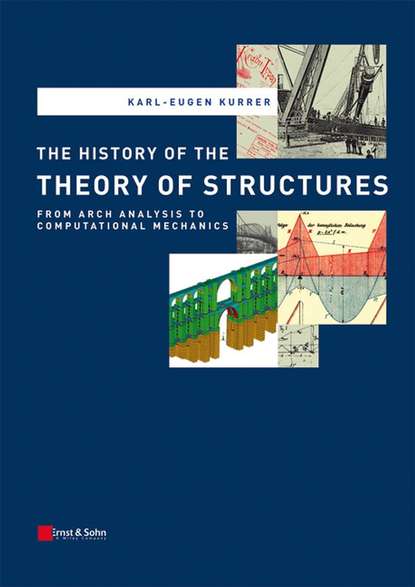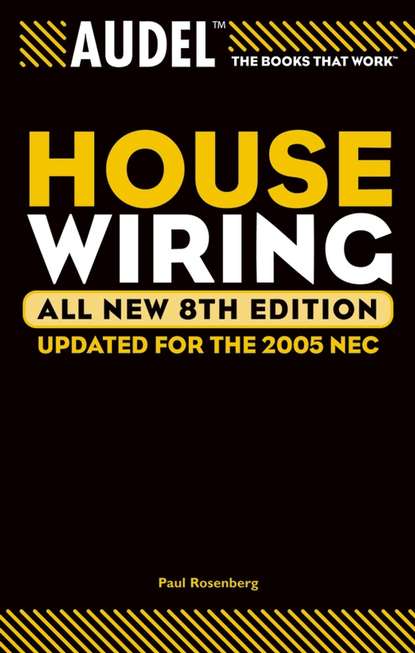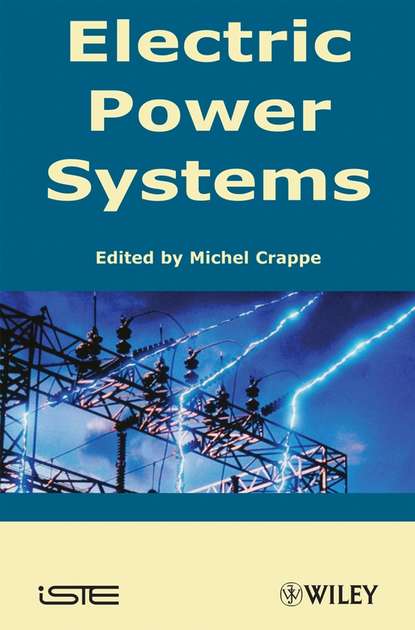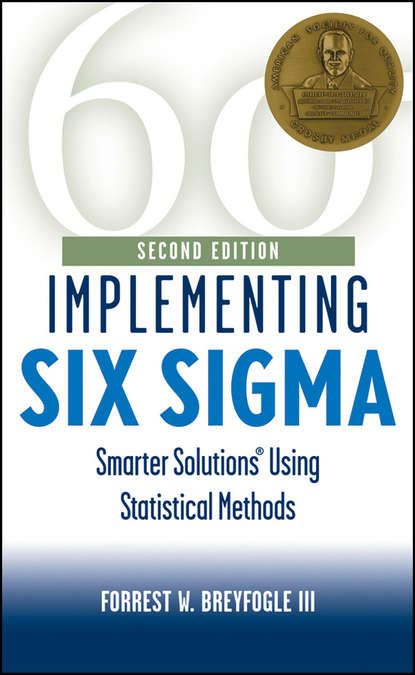Эта книга прослеживает эволюцию теории конструкций и сопротивления материалов – от развития геометрического мышления эпохи Возрождения до формирования фундаментальной инженерной науки, укорененной в классической механике. Начиная с опытов по определению прочности Леонардо да Винчи и Галилея, автор рассматривает появление отдельных методов структурного анализа и их объединение в теорию конструкций в 19 веке. Впервые в книге такого рода прослеживается развитие от классической теории конструкций до строительной механики и вычислительной механики 20 века. При этом автору удалось передать различия между действующими лицами с точки зрения их инженерного и научного профиля, личностных качеств, а также показать социальный контекст. Краткие описания распространенных методов анализа, подкрепленные историческими деталями, помогают читателю понять историю структурной механики с точки зрения современной инженерной практики. Книгу дополняют 175 кратких биографий важнейших деятелей в области строительства и структурной механики, а также обширная библиография.
Электронная Книга «The History of the Theory of Structures» написана автором Ekkehard Ramm в году.
Минимальный возраст читателя: 0
Язык: Английский
ISBN: 9783433600177
Описание книги от Ekkehard Ramm
This book traces the evolution of theory of structures and strength of materials – the development of the geometrical thinking of the Renaissance to become the fundamental engineering science discipline rooted in classical mechanics. Starting with the strength experiments of Leonardo da Vinci and Galileo, the author examines the emergence of individual structural analysis methods and their formation into theory of structures in the 19th century. For the first time, a book of this kind outlines the development from classical theory of structures to the structural mechanics and computational mechanics of the 20th century. In doing so, the author has managed to bring alive the differences between the players with respect to their engineering and scientific profiles and personalities, and to create an understanding for the social context. Brief insights into common methods of analysis, backed up by historical details, help the reader gain an understanding of the history of structural mechanics from the standpoint of modern engineering practice. A total of 175 brief biographies of important personalities in civil and structural engineering as well as structural mechanics plus an extensive bibliography round off this work.



















